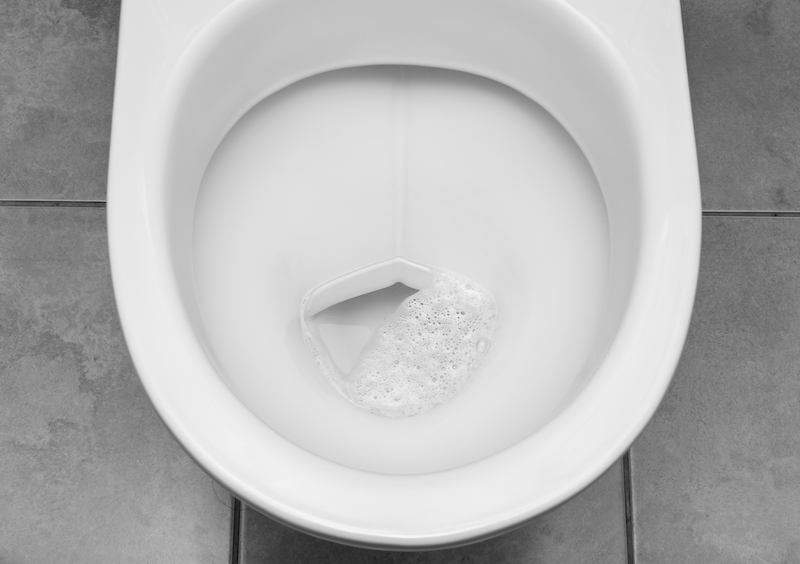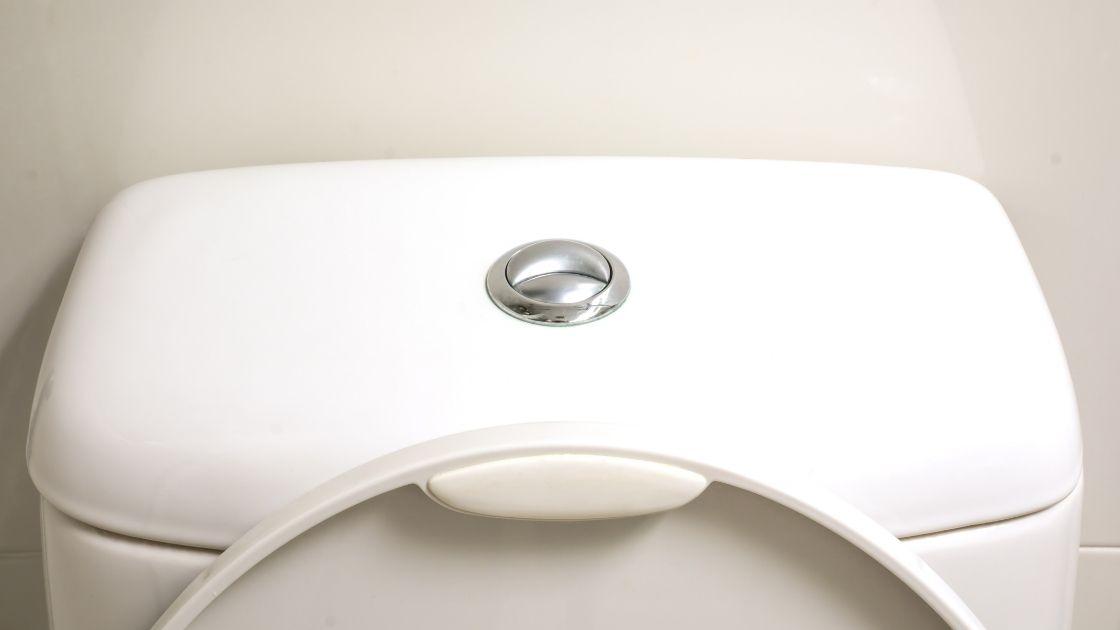
Why Does My Toilet Flush Slow? Uncover the Mystery
Share
If you've ever asked yourself, why does my toilet flush slow, you're not alone. It's a common problem that many homeowners face, and addressing it not only restores the proper function of your toilet but also prevents potential water waste and damage. As tech professionals and enthusiasts, the curiosity and problem-solving skills you possess can be applied to this household conundrum. Lets delve into the reasons behind sluggish toilet performance and how you can fix it.

Understanding the Basics of a Toilet Flush
Before diagnosing the problem, its important to grasp the fundamental mechanism of a toilet flush. When you pull the lever or press the button, water from the tank is rapidly released into the bowl. This water exerts a force that pushes waste through the trapway and into the sewer system. The process relies on a blend of gravity and water volume to successfully clear the bowl.
Common Causes of a Slow Toilet Flush
A slow toilet flush can often be attributed to one or more common issues:
1. Low Water Levels in the Tank
The water level in your toilet tank might be too low, reducing the flushing power. Ideally, the water should be about an inch below the top of the overflow tube.
2. Blockages in the Trapway
Blockages are often the culprits behind a sluggish flush. Objects like paper towels, sanitary products, or even child toys can obstruct the passage.
3. Mineral Buildup
Mineral deposits, especially in areas with hard water, can accumulate and narrow the drain paths. This buildup can significantly impede water flow.
How to Fix a Slow-Flushing Toilet
Having identified the potential causes, let's move on to some effective solutions:
Adjusting the Water Level
Ensure the fill valve is adjusted so that the water level in the tank is about an inch below the top of the overflow tube.
Clearing Blockages
A plunger can often dislodge minor blockages. For more stubborn clogs, a toilet auger might be necessary.
Removing Mineral Buildup
Consider using a vinegar and baking soda solution to naturally dissolve mineral deposits. Pour the mixture into the overflow tube and let it sit overnight. A commercial descaling product is also an option.
Prevention Tips
Prevention is key to maintaining your toilet. Regular cleaning and avoiding flushing items that arent toilet paper can extend the life of your commode. For tech enthusiasts, consider upgrading to a dual flush toilet, which provides customizable flush settings for water conservation.
When to Call a Professional
Sometimes, a slow flush might be a symptom of a more significant issue. If simple fixes dont work, it might be wise to consult a plumber. They can inspect for underlying issues like vent pipe blockages or sewer line troubles.
Also, if you are remodeling or considering a design update, check out these tips on how to Remodel a Bathroom effectively.

FAQ Section
Can a slow flush damage my toilet?
While it might not directly damage your toilet, consistent poor flushing can lead to water waste and potential clogs, which may require costly repairs.
How often should I clean my toilet to prevent slow flushes?
Ideally, you should clean your toilet once a week to prevent mineral deposits and grime build-up, both of which can affect flush efficiency.
What's the most common reason for slow toilet flushes?
The most common reason is low water levels in the tank, followed by mineral build-up and blockages.
Whether youre a tech professional seeking efficient solutions or simply curious about home maintenance, knowing the ins and outs of your toilets operation can save both time and potential frustration. To further expand your knowledge, consider checking out some toilet maintenance tips and keep your home in tip-top shape.
